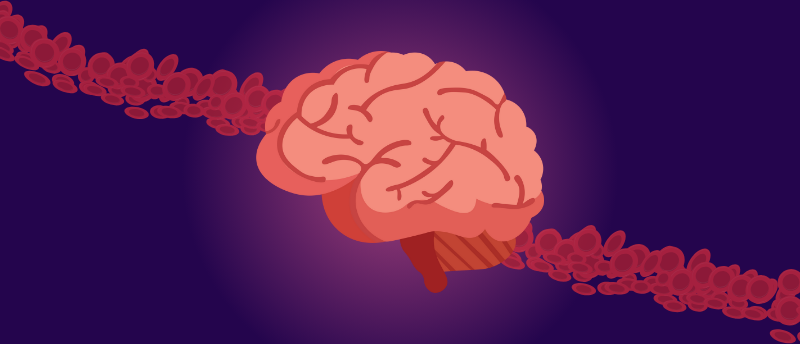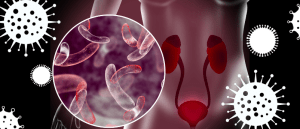Pathogenic role of metalloproteinases in cerebral SVD revealed

A novel model of cerebral small vessel disease (SVD) reveals the pathogenic role of metalloproteinases (MMPs), pointing to a potential therapeutic target.
Researchers at the University of Cambridge (UK) have grown a model mimicking cerebral SVD, which is the leading cause of stroke and dementia, from skin biopsies. Using their model, the research team showed that a damaged extracellular matrix (ECM) surrounding the blood vessels contributes to leaky blood vessels, which can cause these cognitive diseases.
Cerebral SVD contributes to 45% of dementia cases worldwide and 20% of ischemic stroke incidents, which occur when a blood clot prevents the flow of blood and oxygen to the brain. Most SVD cases are associated with conditions like hypertension and type 2 diabetes; however, there are some rare inherited forms of the disease.
“Despite the number of people affected worldwide by small vessel disease, we have little in the way of treatments because we don’t fully understand what damages the blood vessels and causes the disease,” explained Alessandra Granata, the senior author of the study. “Most of what we know about the underlying causes tends to come from animal studies, but they are limited in what they can tell us.” Because of these limitations, the team set out to use stem cells to create a disease model that mimics what is seen in patients.
 Sophisticated artificial bladder model reveals cause of recurring UTIs
Sophisticated artificial bladder model reveals cause of recurring UTIs
A novel 3D cell model has revealed that bacteria capable of hiding in the bladder wall may be a cause of ineffective diagnoses and treatment of UTIs.
To create their model, the researchers used cells from skin biopsies obtained from patients with a rare form of SVD caused by mutations in the COL4 gene. In our brains, blood vessels are built around and supported by an ECM. The COL4 gene is important for the health of this structure. The team created induced pluripotent stem cells by reprogramming skin cells and used them to generate cells of the brain blood vessels that mimic the defects seen in patients with SVD.
The disease model revealed that when the ECM is disrupted, especially at ‘tight junctions’, the cells ‘zip’ together. This causes the small blood vessels to become leaky.
MMPs are usually important for maintaining the ECM; however, the researchers found that if too many are produced, they can damage the ECM structure. The researchers then treated the blood vessels with antibiotic and anti-cancer drugs that inhibit MMPs – doxycycline and marimastat. These drugs reversed the damage and stopped the leakage of blood; however, they come with significant side effects so wouldn’t be a viable treatment option.
Whilst these drugs will not be used to treat SVD, they do “show that in theory, targeting MMPs could stop the disease,” commented Granata. “Our model could be scaled up relatively easily to test the viability of future potential drugs.”